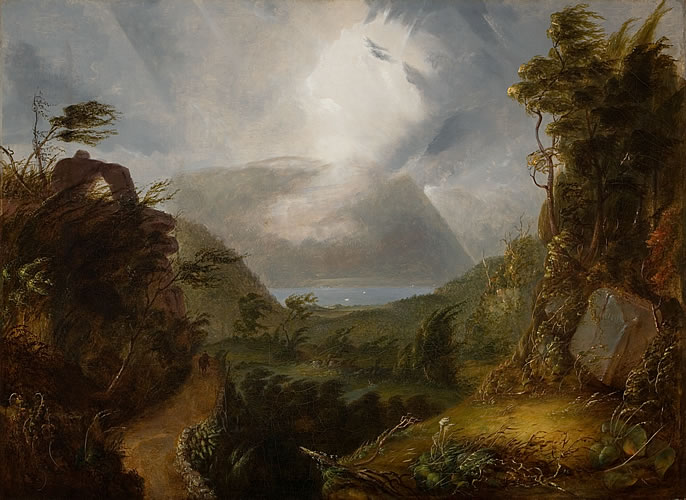Bob Boyle’s Vigorous Writing Style
Helped Convince His SI Readers

Editor’s Note: On the AllOTSEGO.issues page of this week’s edition of The Freeman’s Journal and Hometown Oneonta, you will see a profile of Bob Boyle of East Springfield, the former Sports Illustrated reporter who – according to a new book, “Power on the Hudson,” by Robert Lifset – came up with the idea of challenging potentially polluting projects via the ecology, rather than aesthetics. Lifset said Boyle’s vigorous writing style was key to getting his message across. He cites the piece that begin below, “The Stink of Dead Stripers,” published by SI in 1965, as an example of Boyle’s style.
‘The Stink of Dead Stripers,’ By Bob Boyle (Sports Illustrated, 1965)

Take a good look at the picture below. It shows a mass of dead striped bass left to rot by the Consolidated Edison Company on a dump near its Indian Point power plant on the Hudson River. Officials of the New York State Conservation Department not only have denied that such pictures existed, they have hushed the fact that pictures were held by the department itself. Starting on May 10, this hush-up and other revelations about Hudson River fish will be the subject of an investigation by the Fisheries and Wildlife Conservation Subcommittee of the U.S. House of Representatives. The testimony to be given is almost sure to embarrass Con Ed, the Conservation Department and its boss, Commissioner Harold Wilm, and even Governor Nelson Rockefeller.
To the anger and dismay of commercial fishermen, sportsmen and conservationists, Governor Rockefeller has been backing the construction of another Con Ed power plant 15 miles north of Indian Point at Storm King mountain on the Hudson. Governor Rockefeller and Con Ed won a round last month when the Federal Power Commission licensed the Storm King plant—and possibly licensed the decimation of the rest of the Hudson’s striped-bass population.
Led by the Scenic Hudson Preservation Conference, the conservation groups have bitterly fought the Storm King project on a number of grounds. For one, the project would violate state park lands; for another, it would scar more than 20 miles of Putnam and Westchester counties with high-tension towers. At full capacity the plant will be able to suck up 12 billion gallons of river water a day, and since, according to the latest study, Storm King sits squarely in the middle of the Hudson’s bass spawning grounds there is excellent reason to fear for the fishery. These grounds furnish bass to Long Island Sound and northern New Jersey waters. On the northeast coast, sportsmen alone spend $45 million a year in quest of stripers.

